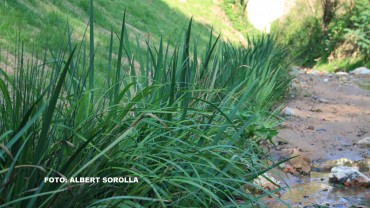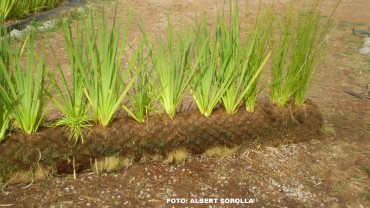Water quality is a major Social Challenge within H2020 because high nutrient loads from point sources remain a major pressure on Europe’s freshwater bodies, causing eutrophication and threatening the integrity of aquatic ecosystems. In the Mediterranean basin, where water, water is scarce, water demand from urban areas is continuously increasing. As a result the future scenario is streams with lower discharges and lower that will become extremely vulnerable to nutrient excesses.
Stream and river ecosystems are capable to transform and retain dissolved nutrients, contributing to improve water quality and decrease the risk of eutrophication. Therefore they are essential from an ecological, environmental, and social perspective. Urban streams and rivers are “hot spots” of nitrification, the microbial transformation of ammonium to nitrate.
However, empirical evidences of storage of nitrogen (N) as biomass and/or permanent removal of N via denitrification are scarce, which questions the self-purification capacity of urban stream and rivers.
Have biota reached N saturation in these ecosystems ? Or else, are we missing the relevant time scales at which crucial steps of the N cycle occur? Can stream restoration help to enhance N retention?
The NICUS project aims to explore key aspects of N biogeochemistry which are still poorly understood, especially in urban streams. The objectives of the NICUS projec are:
- Explore the influence of diel oxygen oscillations on nitrification and denitrification rates in urban streams receiving effluents from waste water treatment plants.
- Assess the N retention efficiency of natural and bioengineered substrates such as vegetated fiber rolls (used to stabilize the river banks).
- Evaluate the influence of substrate heterogeneity on the ability of stream and rivers to retain N, and analyze the cost-benefit of using fiber rolls in stream and river restoration.
The NICUS project will provide valuable information of the “self-depuration” capacity of urban streams and rivers, which will contribute to the development of new restoration and management tools to scientists and water stakeholders for improving the quality of freshwater resources



